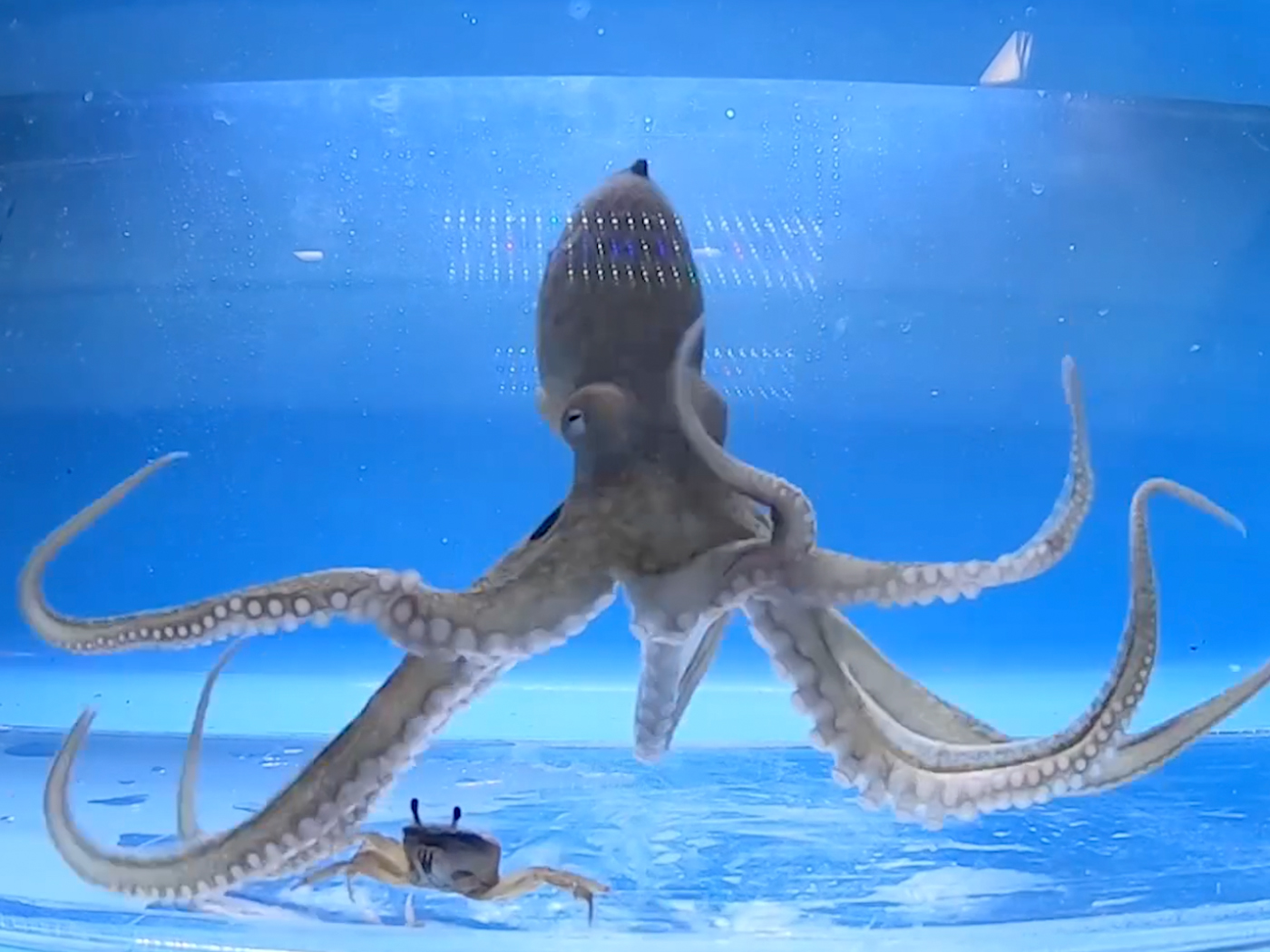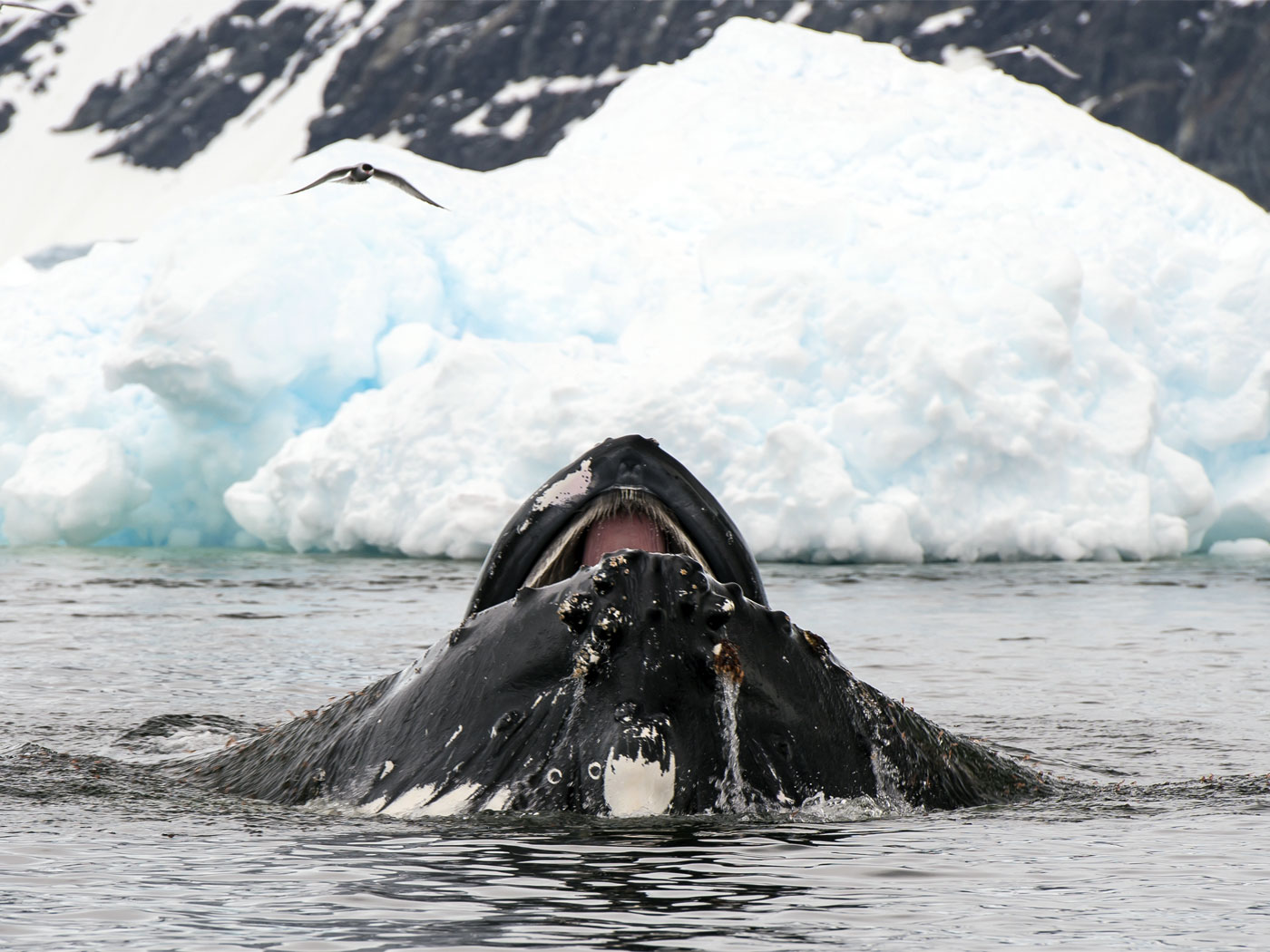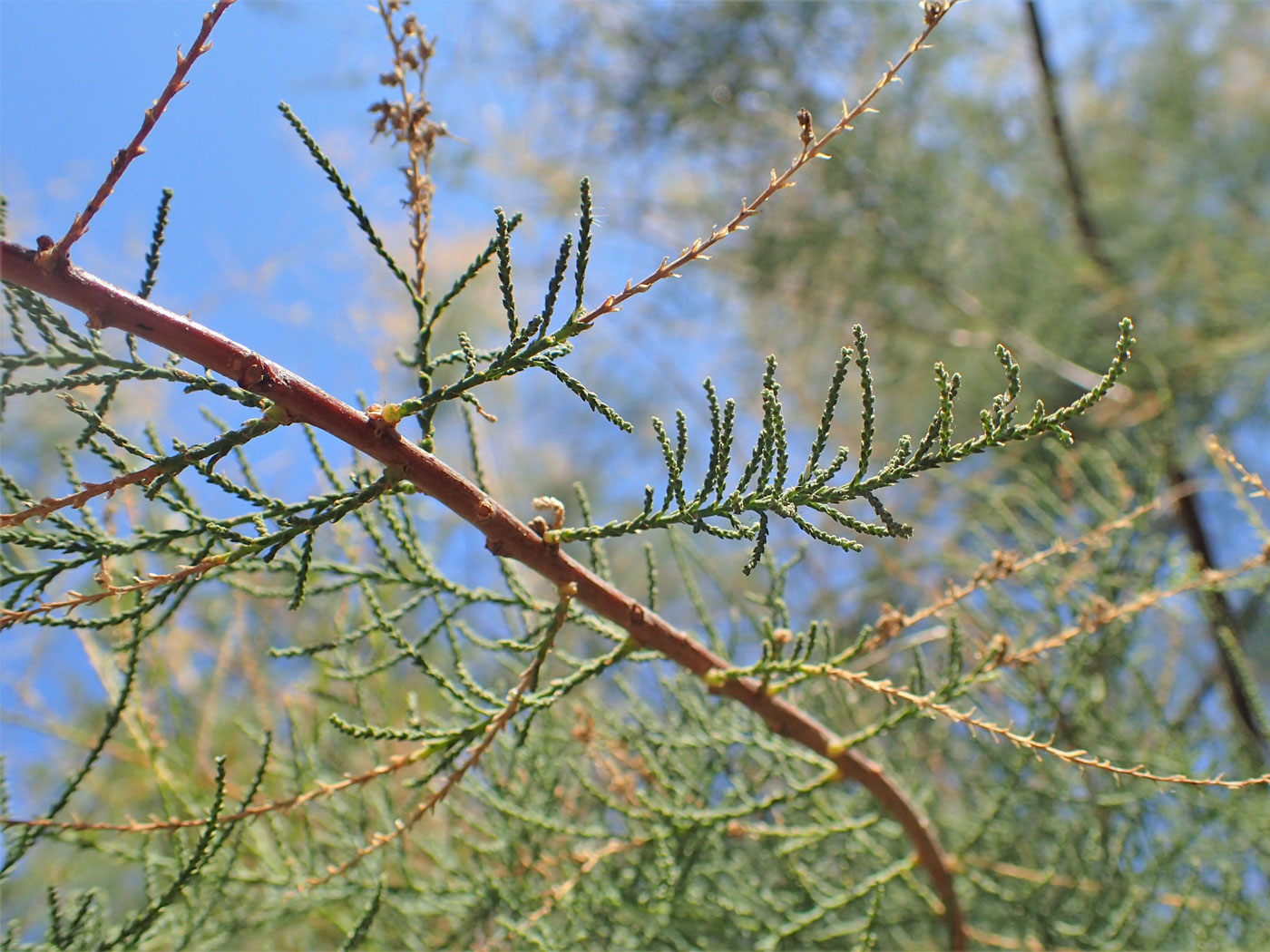Recently, scientists discovered that a moth called the death’s-head hawkmoth (as well as the dragonfly3) flies for miles, keeping on a path that’s narrow and straight.
For the first time, scientists have continually tracked an insect over more than 50 miles of a long-distance migration flight. The resulting observations and data reveal that at least one species of moth is capable of charting a surprisingly straight path. As small as these insects are, they seem to have a robust “internal compass” system that even allows them to navigate around tricky winds and geography….4
Their amazing ability doesn’t stop there. As with long-distance bird migration, the moth must have just the right balance of food reserves to draw from,1 but not so much that excess fat reserves would be a hindrance.
How were the ecologists able to track something as small as a moth? Though the death’s-head hawkmoth only has a wingspan of five inches, it is large enough to carry a tiny transmitter. The scientists used an airplane and followed the insects.
[They] followed 14 death’s-head hawkmoths on a nighttime flight and were able to capture detailed tracks of half of the insects’ paths. They kept tabs on the moths for a mean distance of about 39 miles and up to 55 miles, and the moths reached a maximum groundspeed of more than 43 miles per hour. The scientists also found that the insects’ flights were incredibly direct. The moths didn’t seem to be perturbed by wind or changes in the landscape. In fact, they seemed to compensate and account for those factors in their navigation.4
However, the moth study had its limits. The scientists could only track the moths up to 50 miles on a route that is over 2,000 miles long—flying from the Alps where they breed and going south to the Mediterranean and Africa. But where exactly is their winter destination? That is still unknown.
What was the origin of moths? According to the fossil record, moths have always been moths. The earliest evidence for butterflies and moths comes from fossilized wing scales in northern Germany sediments dated by evolutionists to be over 200 million years old. Creationists believe these are Flood sediments laid down about 4,500 years ago.
It’s interesting that evolution was not mentioned in this report. Indeed, there was no need because the little moth’s navigational abilities have nothing to do with chance and time and everything to do with the Creator’s plan and purpose. Within the tiny brain of this insect, God placed a marvelous ability to navigate vast distances that scientists are only now beginning to appreciate.
References
1. Johnson, J. Cuckoo Completes Mammoth 7,500-Mile Migration. Creation Science Update. Posted on ICR.org June 1, 2020, accessed April 26, 2022; Gitt, W. The Flight of Migratory Birds. Creation Science Update. Posted on ICR.org September 1, 1986, accessed April 24, 2022
2. Wiltschko, R. and W. Wiltschko. 2022. Animal navigation: how animals use environmental factors to find their way. The European Physical Journal Special Topics.
3. Tomkins, J. Open Ocean Dragonfly Migration Boggles the Mind. Creation Science Update. Posted on ICR.org November 4, 2021, accessed April 24, 2022.
4. Leffer, L. Researchers Stalked Death’s-Head Hawkmoths in a Plane to Learn Their Navigation Secrets. Gizmodo. Posted on gizmodo.com August 11, 2022, accessed August 24, 2022.
*Dr. Sherwin is Research Scientist at the Institute for Creation Research. He earned an M.A. in invertebrate zoology from the University of Northern Colorado and received an Honorary Doctorate of Science from Pensacola Christian College.























